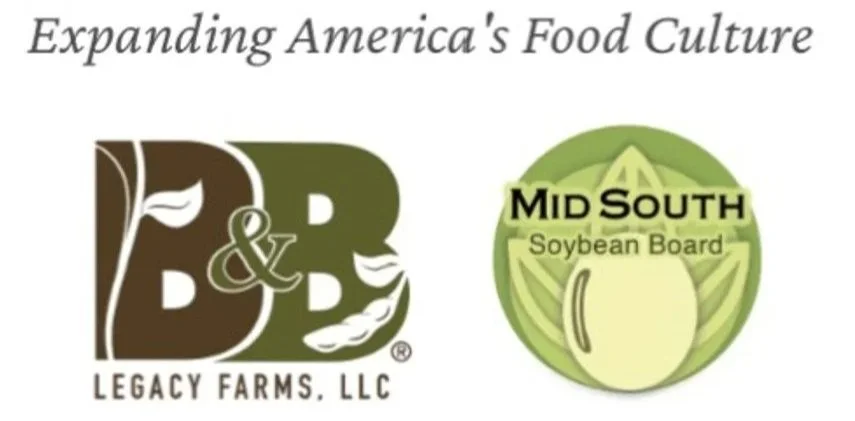How Our Food Culture Affects Our Health
For thousands of years, whole soybeans have been a cornerstone of healthy diets—and they’re still a key ingredient in some of the world’s healthiest cultures.
So, why don’t we eat soybeans in America?
Rethinking Soybeans: Expanding America’s Food Culture
Whole soybeans have nourished some of the world’s healthiest cultures for thousands of years. But in the U.S., our food habits have taken a very different path, and the impact on public health is alarming.
Obesity has become not just a health issue, but an economic and policy crisis. Researchers are warning the worst is yet to come.
According to The Lancet’s Global Burden of Disease Study (November 2024):
“Over the past three decades, there has been a startling increase across the USA, at least doubling (obesity) in adult men and women (aged 25 and older) and older female and male adolescents (aged 15-24 years) since 1990, a trend set to continue in the coming decades without significant reform.”
Meanwhile, food marketing usually predicts what we eat.
The connection between what we eat and our individual health is clear. Our research evaluated an ancient food that Americans have largely ignored.
The food industry clearly understands the value of adding soybeans to processed foods.
Ever wondered why soybeans are in almost everything? Take a peek at your food label. Soybeans are high in protein, nutrient-dense, and have no cholesterol.
Could soybeans help reshape America’s health?
Find out what we discovered (Whole Soy Food Acceptability and Market Viability Study (2025) and listen in on what you can do in your kitchen with whole soybeans on the Pride and Soy podcast, produced by Arkansas Farm Bureau.
Plus, tune in to our podcast to learn how to cook your own soybeans!
Rethinking soy’s role in our diet.
America’s food system is at a crossroads.
B & B’s three-year study explored how food-grade soybeans could open new markets for U.S. farmers while also helping to play a role in reducing childhood obesity across America.
Learn what our research discovered.




